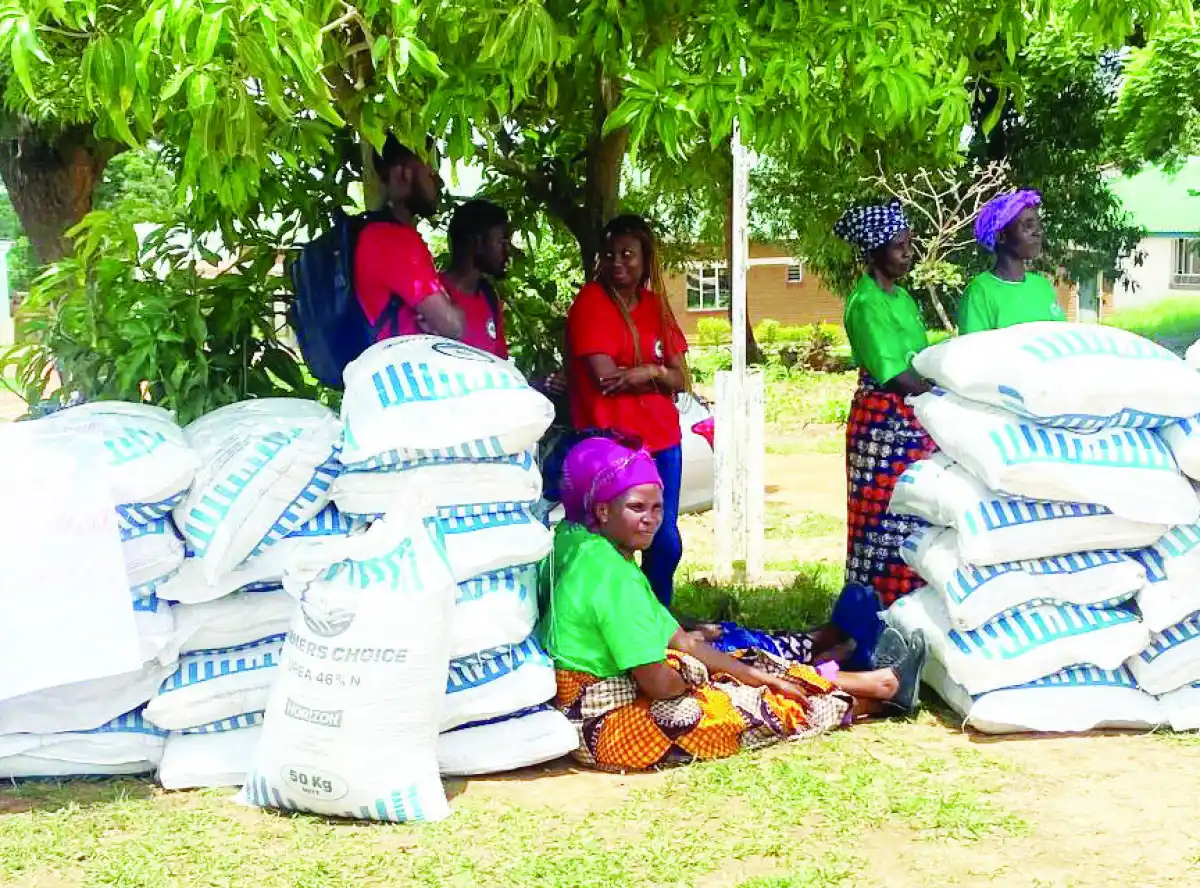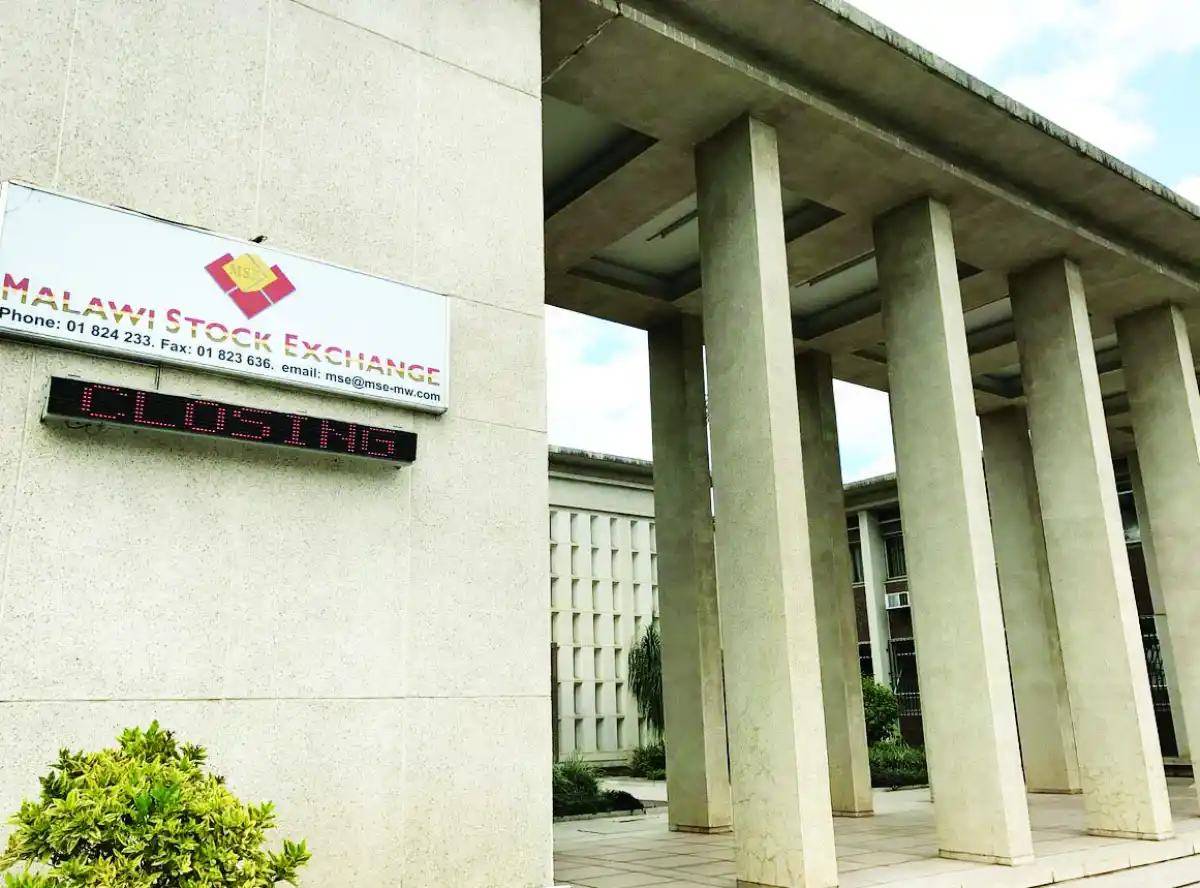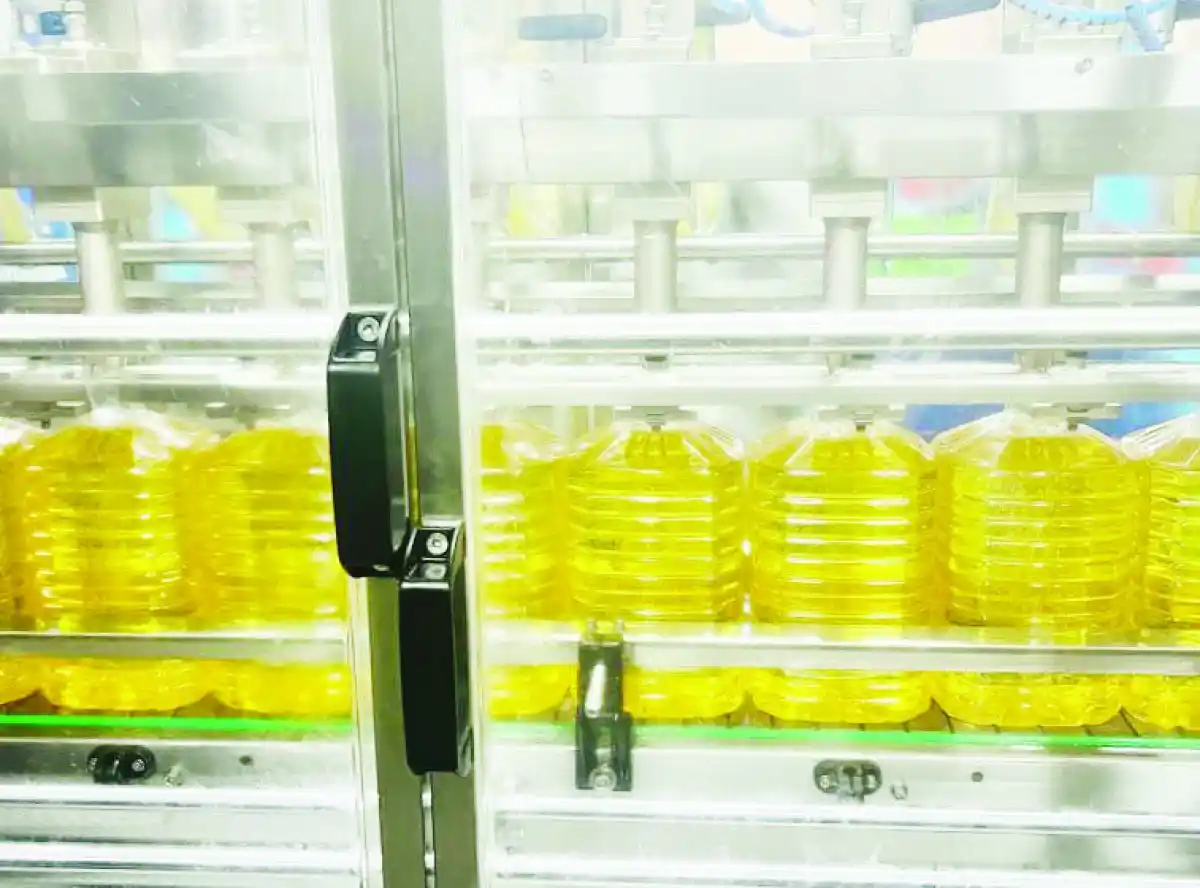
By Benadetta Chiwanda Mia:
Global fertiliser prices continued to rise in February 2025, with urea prices increasing by 14.7 percent to $436.5 per metric tonne (mt), up from $380.5 in January.
This is according to the February 2025 Financial Intelligence Report published by the Reserve Bank of Malawi on Wednesday.
The sharp rise in urea prices is attributed to growing demand for nitrogen-based fertilisers, the European Union’s import tariffs on Russian and Belarusian fertilisers, disruptions in production and supply chains, and rising energy costs— particularly that of natural gas, a key component in urea production.
Similarly, Di- Ammonium Phosphate (DAP) prices increased by 3.6 percent to $603.8 per mt from $582.7 in January.
The price surge was driven by tight supply due to China’s restrictions on phosphate exports, tariffs on phosphorus imports from the Middle East and increased demand from India, a major DAP importer.
On the local market, fertiliser prices currently range from K120,000 to 140,000 per 50 kilogramme bag.
Economics Association of Malawi President Bertha Bangara Chikadza warned that rising global fertiliser prices could exacerbate import costs and strain Malawi’s forex reserves.
“Malawi imports most of its fertiliser, (including urea and DAP). With limited forex reserves, both the government and private sector will struggle to procure enough fertiliser. This could lead to shortages and higher maize prices in the long run,” Chikadza said.
She further highlighted concerns over widening trade balance, noting that higher fertiliser import costs could limit forex availability for other essential imports.
The Fertiliser Association of Malawi’s Executive Administration Officer, Hannah Makhambera, noted that fertiliser imports were already affected by forex shortages and rising global prices in 2024.
“In 2024, suppliers imported only 355,000mt of fertilizer, below the annual consumption requirement of 375,000 to 450,000mt,” Makhambera said.
She added that industry players were exploring financial solutions such as collateral management agreements to facilitate additional imports.








0 Comments